Breathing right can change your life
Pranayama can help you achieve optimum mental and physical wellness
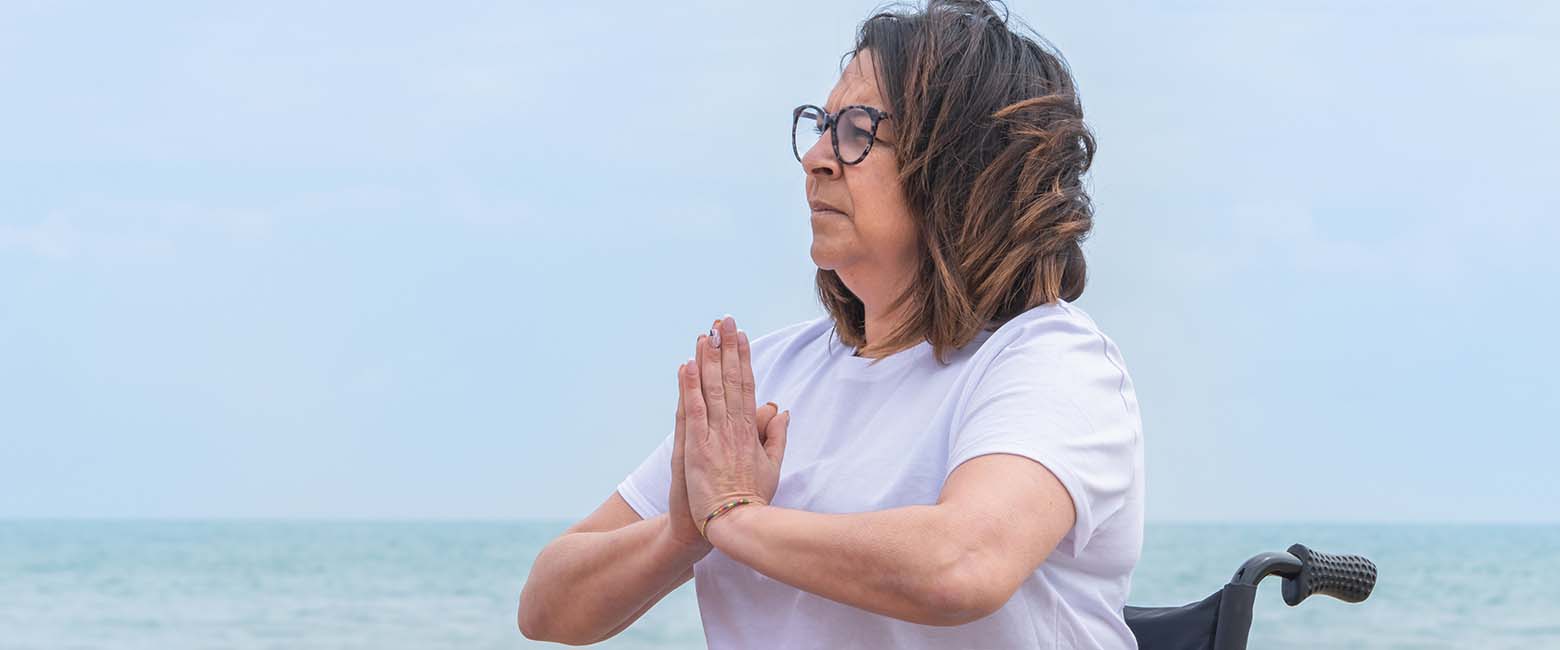
Pranayama is a yogic exercise that’s taken the world by storm, and for good reason — its sustained practice can overhaul your physical and mental well-being, supercharge your mind and body every day, help you lose weight, regulate blood flow, and more. The entire practice is centered around breathing right, which clears physical and mental obstacles to allow prana or life energy to flow freely through you.
Pranayama has many benefits practitioners, teachers and experts point out. It not only decreases stress and anxiety, but it also builds mindfulness, confidence, and a sense of a calm. It improves your quality of sleep, heart health, reduces your chances of contracting common diseases, and elevates cognitive performance.
The best part is that you can do basic Pranayama exercises seated in one place whether the floor or a chair. Of course, before you do anything, do consult your doctor, and remember, go slow and steady. Like all exercises, Pranayama too takes time to build stamina for, and the breathing exercises can be quite tiring. Don't lose heart, and just keep going at a pace comfortable for you.
Here are five basic Pranayama exercises you can practice every day.
Nadi Shodhana Pranayama
Translating to alternate nostril breathing, Nadi Shodhana is a good way to start your Pranayama session. It regulates breathing between the right and left nostrils by inhaling from one and exhaling from the other, with one nostril closed off. Seated upright, place your left hand on your left knee with the palm facing up. Use your right thumb to close your right nostril, breathe in through your left. Take a beat, then use your right ring finger to close your left nostril and breathe out through the right. Then inhale through the right nostril, close it, and exhale through the left. This is one cycle. Repeat a few rounds, keeping your breathing slow and steady.
Kapalabhati Pranayama
This breathing technique, which translates to skull shining, helps to purify the mind and body. It involves passive inhalation and forceful exhalation to remove toxins, and helps with digestion and metabolism. In an upright position, place your hands on your knees, palms facing down. Take a deep breath through your nose, expanding your belly, then exhale forcefully through your nose, pulling your belly in towards your spine. Now relax and breathe normally before repeating. Start with 10-15 breaths per round, before increasing gradually.
Bhramari Pranayama
This breathing technique, called the humming bee breath, is meant to soothe your senses. As you hum like bee while breathing, allow the vibrations to cleanse your body and calm you. Sit comfortably with a straight back, and your eyes closed. Close your ears with your thumbs and place each index finger on your forehead above your eyebrows. Take a deep breath through your nose, and breathe out while making the humming bee sound. Focus on the vibration created by this sound, and repeat several rounds. You’ll feel decidedly clearer, calmer and better.
Ujjayi Pranayama
Known as the victorious breath, this technique is a great way to build endurance and stamina, increase focus and promote circulation. It involves breathing out as you make a hissing sound, or a sound that is akin to swirling water or the ocean at a distance. So first, inhale deeply through your nose and then exhale with a “haaa” sound from your mouth. Don’t exert yourself, let the exhalation sound come naturally to you. Once you’ve got this, try again but this time keep your mouth closed. This will result in some constriction in the throat but it should not be an unpleasant feeling, it should relax you. When ready, keep your back upright, close your eyes, and breathe in through your nose. Pause before exhaling through your nose but with the mouth closed and making the Ujjayi sound. Repeat this for several rounds; with practice you will be able to feel your breath moving in and out of your body.
Bhastrika Pranayama
Translating to bellows breath, Bhastrika Pranayama is a powerful and liberating breathing technique that not only expels toxins and negativity from your body, but also tones your core, especially the abs. It takes a while to master, and can be easily exhausting so start slowly and build up your endurance. As it enhances the flow of life or prana through your body, you will slowly see its lasting effects on your physical and mental well-being. Sit comfortably with your back straight and your hands on your knees. Your palms should face upward with the index finger and thumb touching at the tips. Exhale deeply and contract your abdomen, as deeply into the spine as possible, then inhale forcefully while expanding your abdomen as much as you can. Repeat at a steady pace 10-15 times for a few rounds, then gradually up your pace and the number of repetitions in a cycle.
Once done, don’t move for a couple of minutes. Keep your eyes closed and allow yourself to come back to normal before resuming other tasks. Do get a handle on beginner’s dos and don’ts before you start practicing Pranayama.
Related
-
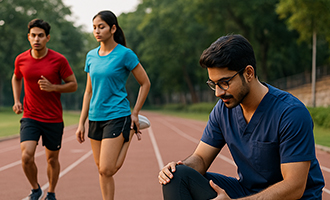
Sports Injury Prevention Strategies for Mumbais Active Youth
-
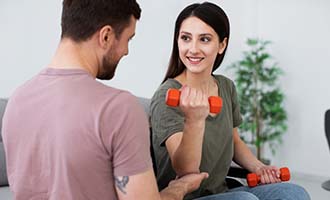
The power of Pilates
-
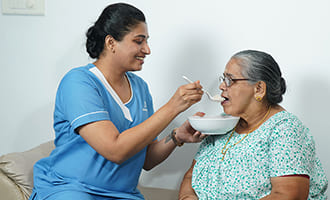
Top Qualities to Look for in Elderly Carers in Mumbai
-

Slippery Roads Ahead: How to Keep Elderly Loved Ones Safe This Monsoon
-
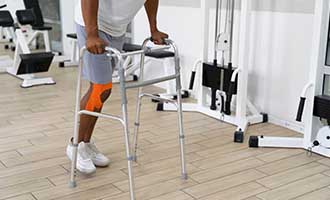
Adaptive Fitness: Exercise Tips for Individuals with Limited Mobility
-

Fashion Forward: Style Tips for People with Limited Mobility
-
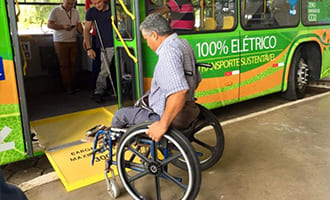
How to Choose Reliable Mobility Services at Home in Mumbai
-
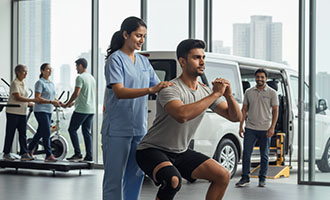
How Sport Rehabilitation in Mumbai Helps Athletes Bounce Back Stronger
-
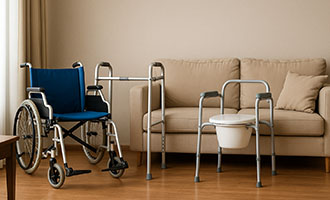
Best Wheelchairs for Senior Citizens in Mumbai Buyers Guide
-
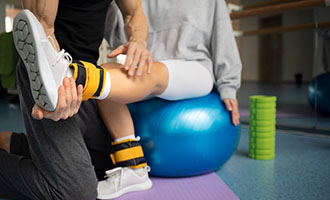
How to Choose the Right Sports Rehab Treatment Clinic Near You
-
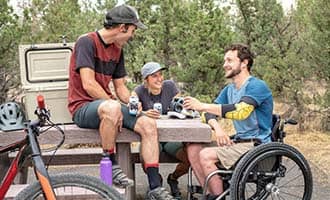
Rolling Towards Peace
-
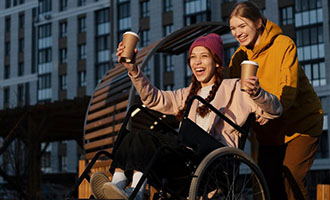
Tips To Empower People with Limited Mobility
-
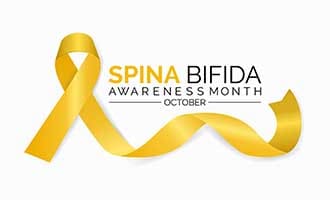
Understanding Spina Bifida: Symptoms, Types, and Early Detection
-

The Role of Hydration in Health and Wellness
-

Choosing the Right Care Taker Services in Mumbai for Your Needs
-

Why Routine Health Check-Ups Matter for Wheelchair Users
-
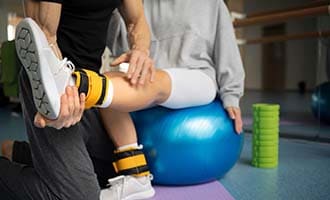
Top Benefits of Visiting a Physical Therapy Clinic
-
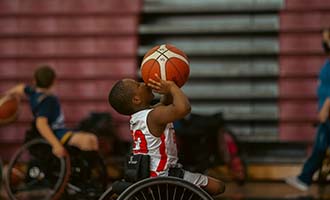
Get in the game
-

Best Elderly Care Apps for Seniors in 2025
-

Innovative Walking Assistance Devices for Adults
-
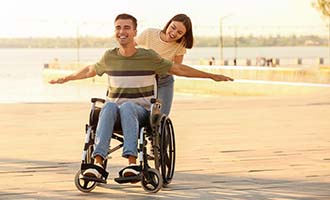
Beginners, chair cardio is the way to go!
-
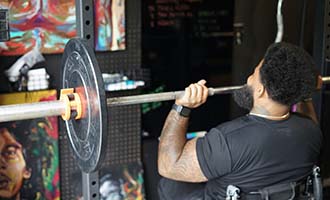
Physiotherapy tips for home
-
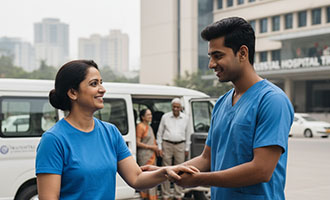
Best Physical Therapies in Mumbai for Post-Operative Recovery
-
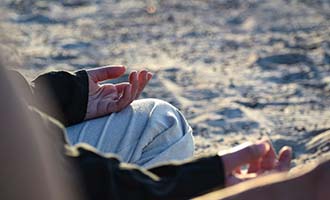
Stay in shape with Yoga
-

Rollin' in the Greens.
-

Wheels of Support
-
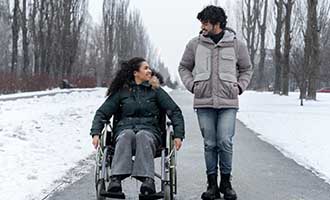
Dating with a Disability: Navigating Love, Relationships, and Mobility Challenges
-
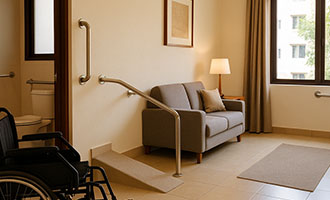
How Accessible Homes Create Truly Independent Living
-
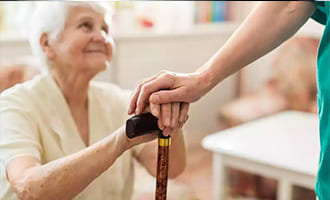
Finding the Perfect Health Service Provider: Tips for Elderly Care
-
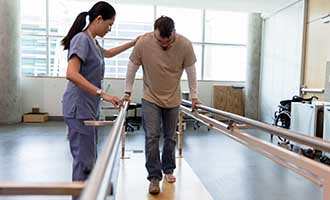
Tips to Choose the Right Physical Therapist for Your Needs
-
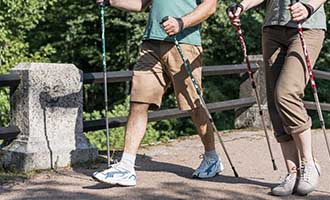
The Ultimate Guide to Choose the Right Walking Devices for Adults
-

How to Help People with Disabilities: A Guide to Inclusive Practices
-
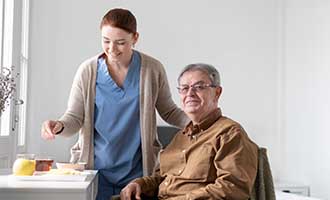
Understanding the Benefits of In-Home Elder Care for Loved Ones
-
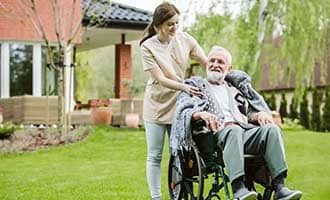
Benefits of Hiring a Companion for Elderly Care in Mumbai
-

Focus your mind to stay healthy
-
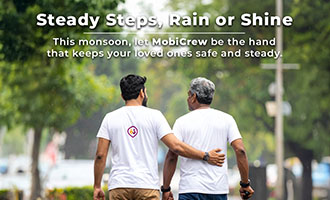
Rolling Through the Rain: A Monsoon Safety Guide for Wheelchair Users
-
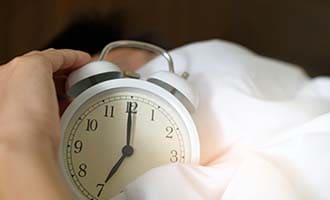
Enhancing Sleep Quality for Wheelchair Users
-

In-Home Health Care Services in Mumbai Using the MobiCrew App
-
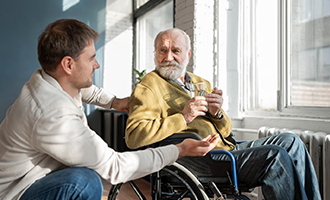
The Importance of Wheelchair Assistance for the Elderly
-

Beyond the Wheelchair: Why Emotional Support Is Just As Important As Physical Help
-
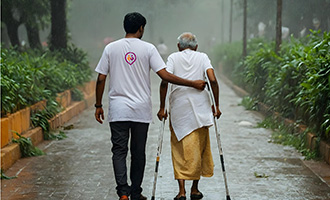
Embracing Holistic Wellness: A Guide for Seniors and Individuals with Mobility Needs









